Native American Day for Preschoolers
Affiliate Disclosure: “This post contains affiliate links, which means I receive a small commission, at no extra cost to you, if you make a purchase using those links.”
Native American Day is celebrated on September 25. I think is a good opportunity to incorporate social studies into our classroom and talk to your preschoolers about our Native American people, and their stories.
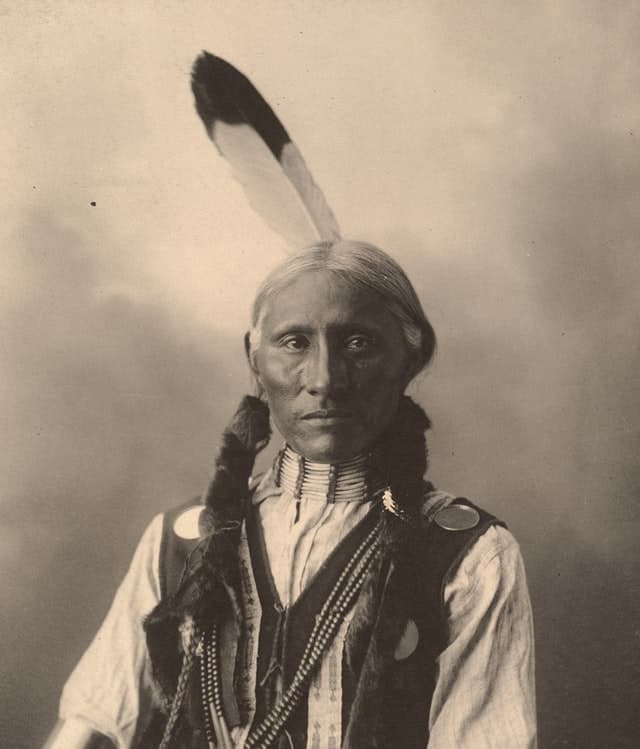
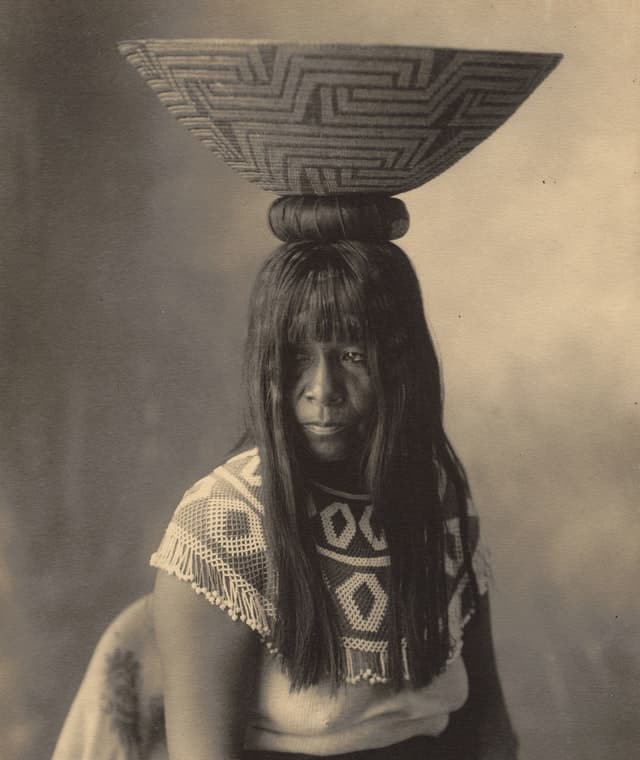
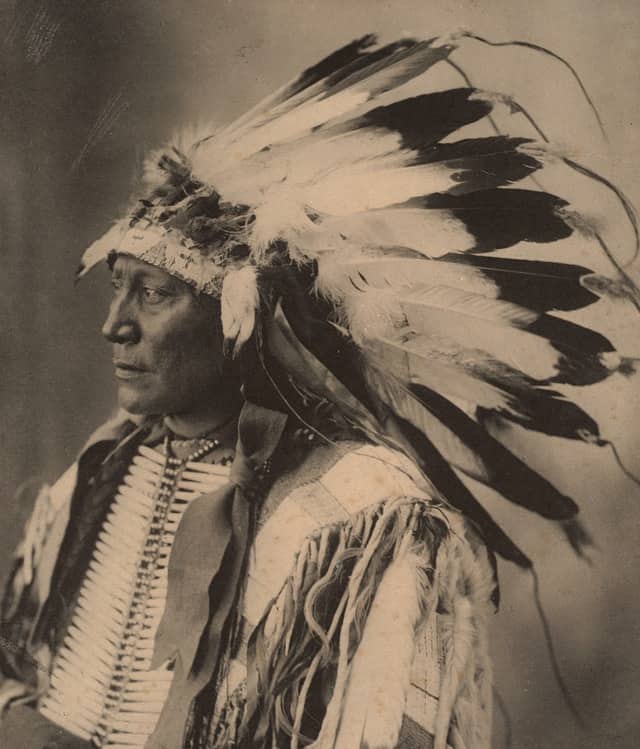
Who are Native Americans?
Native Americans were the first people that lived in America. They are also called indigenous people because they were born here; therefore, they are the original American people, many years before Christopher Columbus and other Europeans came to this territory which they called America.
They were different tribes and cultures that lived in different parts of the continent. Tribes are groups of families that speak the same language and have the same culture or beliefs costumes and traditions. The best-known tribes are Cherokee, Apache, Cheyenne, Iroquois, Ute Nation, and Navajo.
The following amazing, rare, and heartfelt video is a tribute to Native American tribes. Footage dating back to 1895, with a rare vintage audio recording of Native American music.
Cherokees Tribe
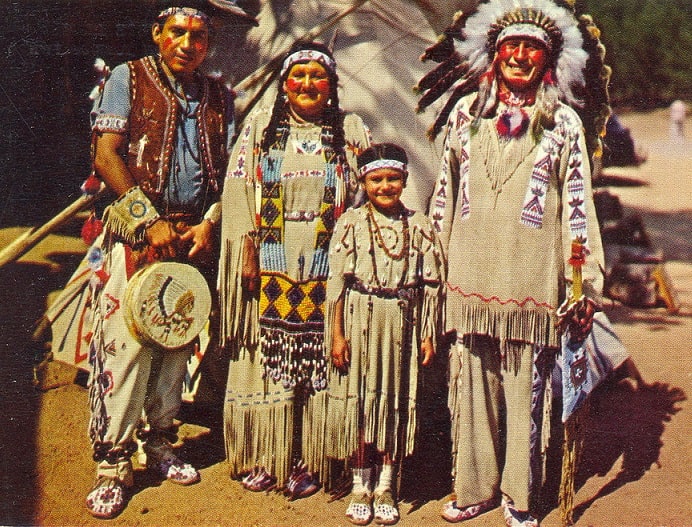
When the Europeans came to America, the Cherokees were living in villages in the Southeast of the continent. They were agricultural people and the heads of the families were the mothers. Families had the same name, tradition, and oral history.
Their villages could be found throughout the American Southeast. Cherokee families were based on matrilineal clans. Matrilineal clans are extended family groups with names, traditions, and oral histories. Membership in each clan is through the mother: you belong to your mother’s clan. To be without a clan was to be without human identity. The clan is also exogamous, which means people cannot marry a person from their clan.
Apache Tribe
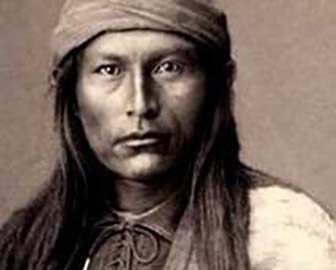
The Apache was a nomadic tribe. That means that they didn’t stay put in one place, but used to travel around, from Alaska to the American Southwest. They ate mostly buffalo meat and used their skin to make clothes. Historians also said that it was one of the first tribes that learned how to ride and use horses.
By 1700 they decided to establish in Kansas plains and started farming watermelon, beans, and corn, but they were not used to this and became weak, which the Comanche tribe used to their advantage and overtook the Apache.
Cheyenne Tribe
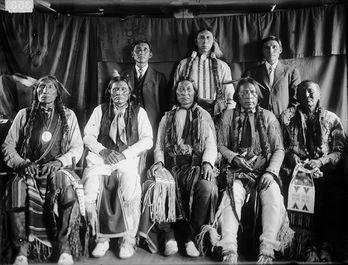
According to Ducksters.com the Cheyenne tribe were farmers originally living in Minnesota in houses made out of wood and packed with grass and soil, but the ones that hunted buffalo in the Great Plains built teepees made out of wood poles and animal skins because they were easy to move from one place to the other.
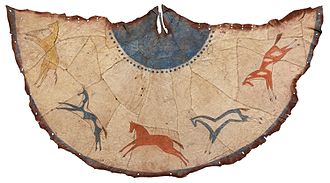
They used to make their clothes with deerskin during warmer seasons and buffalo skin in the colder seasons. They had their language and their main source of food was corn, beans, squash, and buffalo.
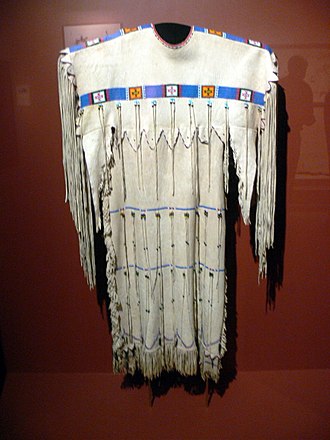
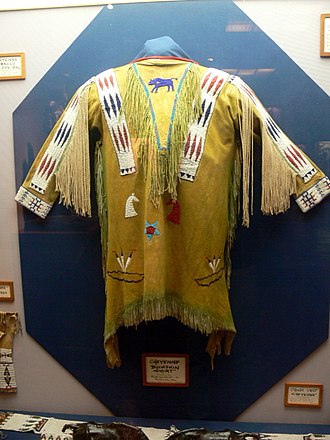
Iroquois Confederation
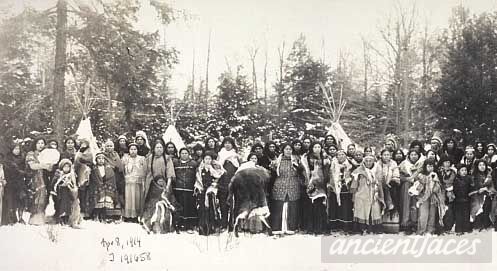
The original Iroquois Confederation was formed by 6 different tribes Mohawk, Seneca, Oneida, Onondaga, Cayuga, and the Tuscarora tribes. They lived in the Northeastern, including New York State and the surrounding areas.
The Iroquois women used to farm corn, beans, squash, and tobacco, they also gathered berries, sunflowers, nuts, roots, greens, barks, and herbs for cooking and medicine and used Maple trees to make maple syrup in Spring.
The men left the tribe during Winter to hunt deer, wild turkey, elk, beaver, fowl, and other animals using stone aces, arrows, and knives, but also fish trout, salmon, and bass using spears.
They still exist and go by the name of Haudenosaunee.
Ute Nation

The Ute Nation was formed by different bands that lived in Colorado, Utah, New Mexico, and Nevada. Ute men were warriors and used to travel to hunt deer, buffalo, elk, and other small animals. Women took care of the children, cooked, made clothes with animal skins, and cleaned, and collected pine nuts, roots, seeds, fruits, grasshoppers, and other insects to eat.
They used to live in small round or cone-shaped houses called wickiups made out of willow and brush, but some also lived in tipis, when they were traveling.
Ute people wore their hair loose or in two braids, many wore facial tattoos, and painted their faces for special occasions, using different patterns accordingly. They were also famous for their pottery designs, basket weaving, and beading. You can see some of their work on the Ute Museum website.
Navajo Tribe
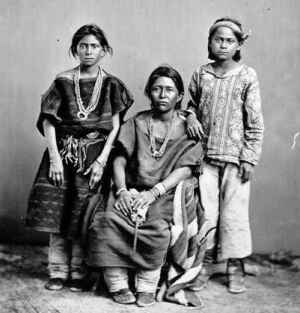
The Navajo tribe is closely related to the Apache tribes. They used to live in Arizona, New Mexico, Colorado, and Utah. They lived in a domed-shaped house made with a wooden frame and clay called hogans. An interesting fact is that their house doors always faced east, so they could see the sunrise.
They used to farm corn, beans, and squash, but after the Spanish arrived, they began to farm sheep and goats as well to eat. They also hunt deer, rabbits, and prairie dogs.
In the beginning, they made clothes made of woven yucca plants or deerskin and leather moccasins, and later they used sheep wool for their clothes. They are also known for their rugs and blankets made out of cotton and wool.
The Navajo Nation still exists and it’s the largest American Indian reservation in the United States. The capital of their reservation is Window Rock, located in Arizona. They still sell their rugs and blankets which are very expensive, but they also sell silver jewelry often using turquoise.
Which Native American Tribes Still Exist Today?
According to powways.com, “Native Americans and Alaska Natives now account for more than 2 percent of the total U.S. population, and that number continues to grow each year. By the year 2060, the U.S. Census projects that the indigenous people population could surpass 10 million.“
Unfortunately, some Native American customs and traditions have been lost, but many tribal members still proudly represent their unique cultures, languages, and identities. We still have 574 federally recognized Indian tribes, 64 state-recognized tribes, and many more tribes that are currently unrecognized.
Using data from the 2010 Census, and ordering by their size starting with the #1 being the largest, the 10 biggest Native American tribes we have today are:
1. Cherokee – population: 819,105. They live in North Carolina, South Carolina, Georgia, Alabama, and Tennessee. It is the largest tribe in the United States. They provide “health and human services, education, employment, housing, economic and infrastructure development, environmental protection, and more”. The Cherokee Nation is also one of the largest employers in northeastern Oklahoma. They are committed to protecting and promoting Cherokee culture, language, and values, and “improve the quality of life for the next seven generations of Cherokee Nation citizens”.
2. Navajo – population: 332,129. They live in Arizona, New Mexico, Utah, and Colorado. The Navajo Nation Parks and Recreation is one of the oldest programs they offer. Its reservation covers the four states mentioned before and is governed by the Navajo Nation Laws and Policies. People can visit the spectacular landscapes, canyons, and different beautiful areas with guided tours and campsites. These parks have strict rules against cremation, littering, rock climbing, and the use of drones.
3. Choctaw – population: 195,764. The tribe includes 12 tribal districts and eight Oklahoma counties, with its headquarters in Durant, Oklahoma. The Choctaw Nation is a very interesting travel destination. Tourists will find “historical sites, unique attractions, hiking, biking, boating, camping, and festivals. This area is the only prehistoric Native American archaeological site in Oklahoma that is open to the public”.
4. Chippewa – population: 170,742. This tribe includes at least 150 different bands, including the Shawnee, Delaware, Kickapoo, Huron, and Seneca. They live mainly in Michigan, Wisconsin, Minnesota, North Dakota, and Canada. Wisconsin, for example, is packed with Chippewa traditions and culture. The tribes offer tours to museums and historic villages, but visitors can also attend traditional pow-wows and eat authentic Native American food.
5. Sioux – population: 170,110, which includes seven bands: Oglala, Hunkpapa, Sicangu, Miniconjous, Sihasapa, Oohenumpa, and Itazipacola. They live across North America in the Dakotas, Nebraska, Minnesota, and Canada. The Sioux reservation is open to the public, that wants to enjoy its natural beauty and go fishing, hunting, and camping by the Missouri River. Visitors walk the Legacy Trail, which is a three-one-mile botanical hiking and biking trail that loops around the Missouri River.
6. Apache – population: 111,810. They live in Oklahoma, Texas, and Arizona.
7. Blackfeet (Siksikaitsitapi) – population: 105,304. They are formed by four bands and live in Montana’s Rocky Mountains.
8. Creek (Muscogee) – population: 88,332. The Muscogee tribe is federally recognized as an Indian Nation. They have their capital in Okmulgee, Oklahoma. Other Creek tribes in Alabama are federally recognized, but other small tribes in Alabama and Georgia are recognized by the state only.
9. Iroquois – population: 81,002. The member tribes that still live in New York State are Mohawk, Onondaga, Oneida, Cayuga, and Seneca. Another 30,000 live in Canada. Guests can visit different attractions offered by each tribe, for example, the Seneca Iroquois National Museum, the Seneca Nation Library, tribally-owned and devoted to the history and culture of the Seneca Nation, and the Enchanted Mountains Annual Indian Foods Dinner, in Salamanca, NY. Another activity people can enjoy is the Annual Iroquois Indian Festival, which takes place every Labor Day weekend, and observe the tribe’s beautiful costumes, and observe their dances, and hear their music.
10. Lumbee – population: 73,691. These are the descendants of the Algonquian, Iroquoian, Hatteras, Tuscarora, and Cheraw tribes, and live in North Carolina, near the Lumbee River.
Last Thoughts
I can begin to describe how happy I am that we still have Native American tribes in this country. You see, my own country was populated with indigenous people called Tainos. When Christopher Columbus and other Europeans invaded my island, La Hispaniola, the Tainos were enslaved and killed, becoming extinct. The same thing happened with other tribes in other islands and parts of the American Continent. That is sad, and the reason why I don’t celebrate Columbus Day.
The only thing we have left of our indigenous is the cooper color skin and the jet-black straight hair in some of our people. The lucky ones. Most of us are also mixed with Spanish, French, and African.
We all should be proud that we still have Native Americans who are keeping their culture, costumes, traditions, and heritage alive. It is invaluable and a great reason to respect and honor the original inhabitants of this country.
Pin It for Later
If you don’t have time to read the article right away and download the printable but want to save it for later, just pin it to one of your Pinterest boards.
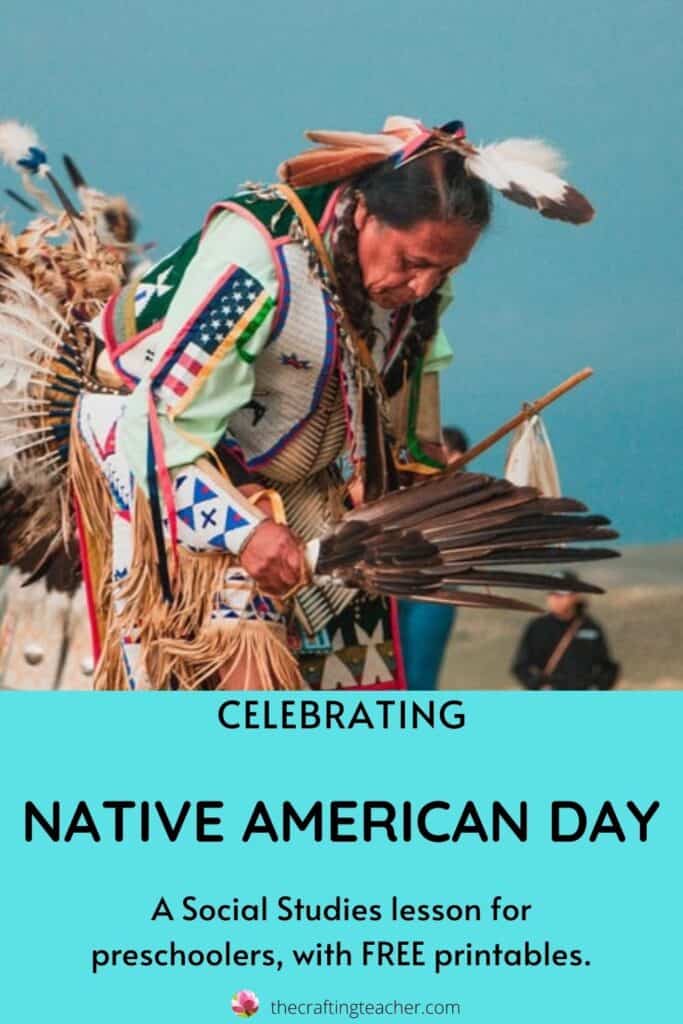
Please receive these FREE wall word or vocabulary cards related to Native Americans, as a token of my appreciation for visiting my post. They are both in English and Spanish.
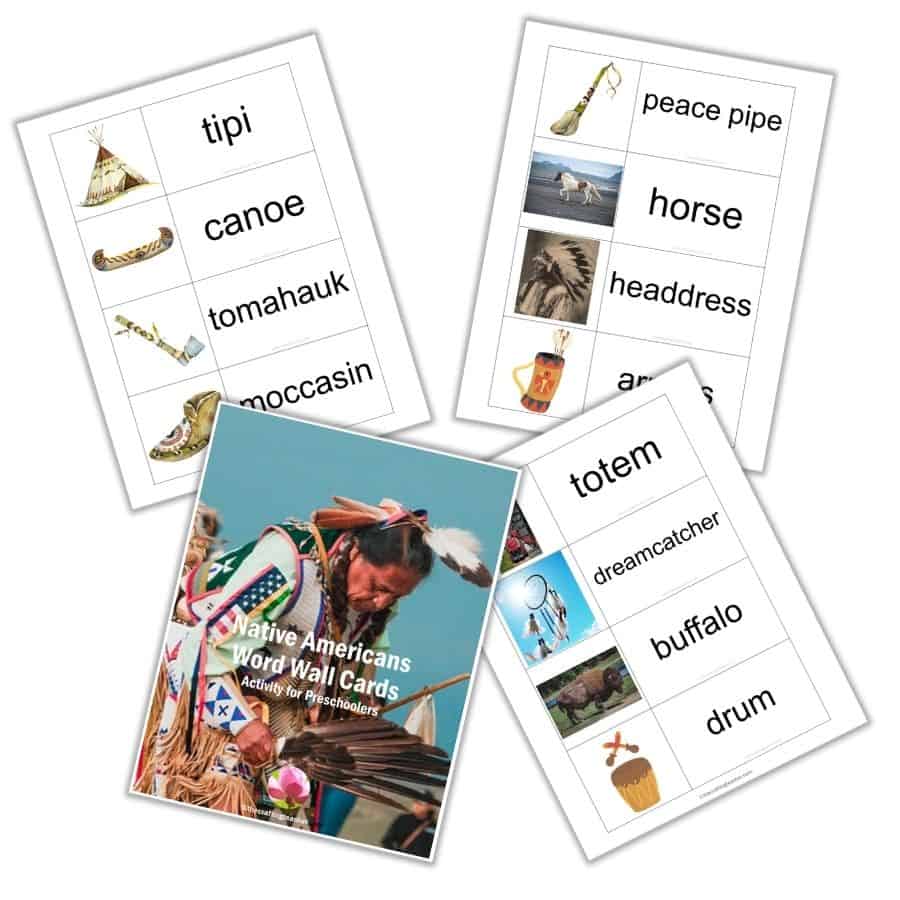
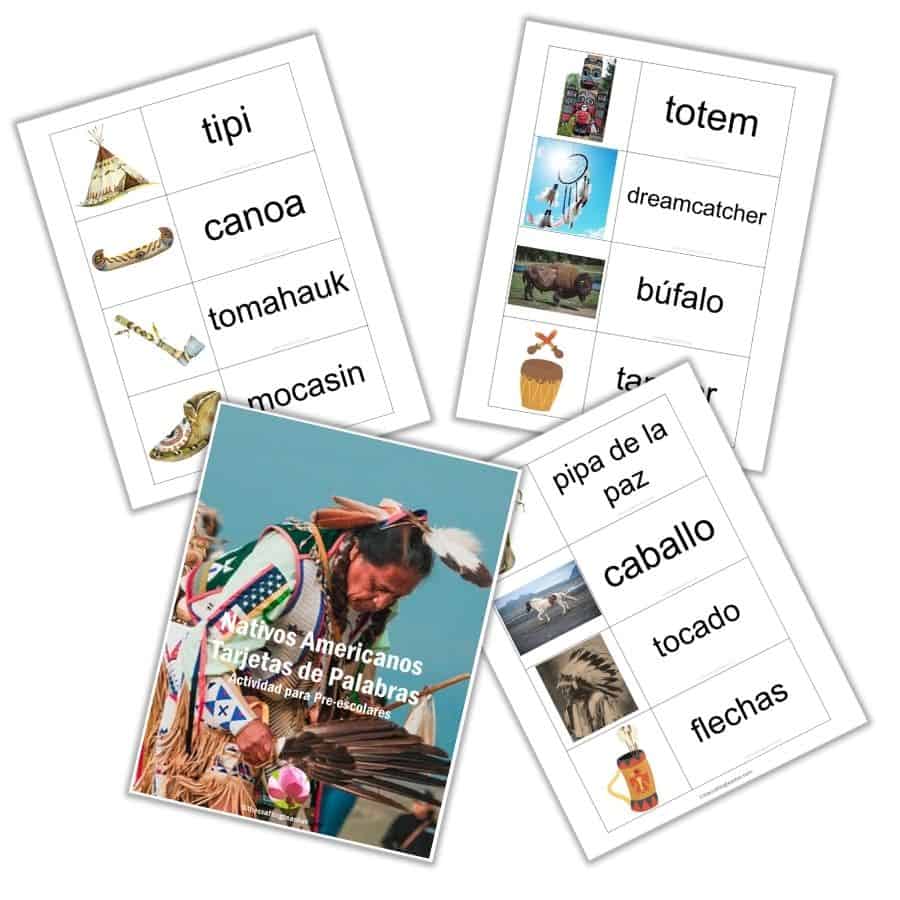
Be happy, safe, and creative. I wish you well.
Love,

P.D. Please let me know if you like this information and printables. Also, if you come up with different ideas and want to share them, I would love to post them as well.

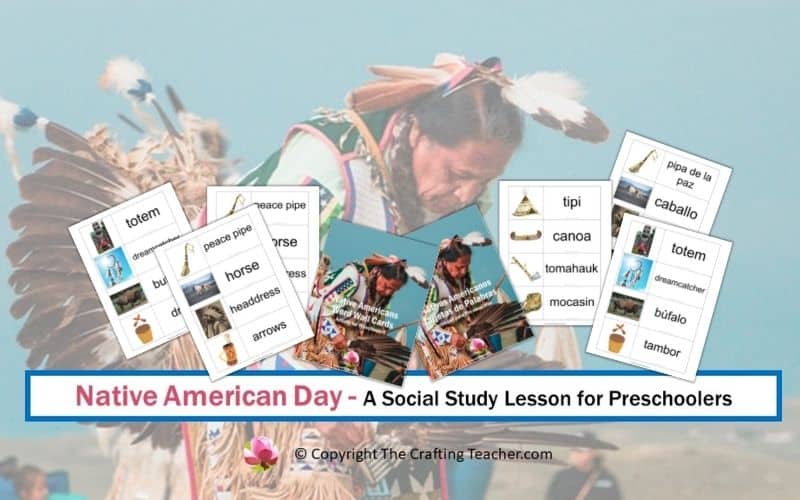
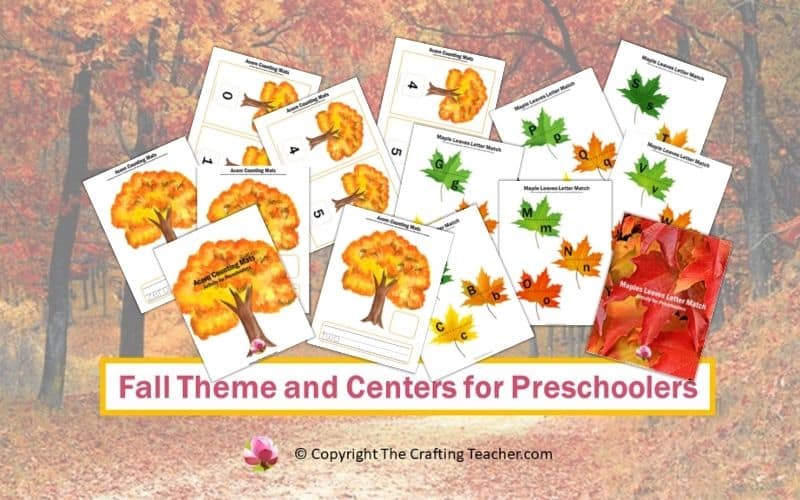
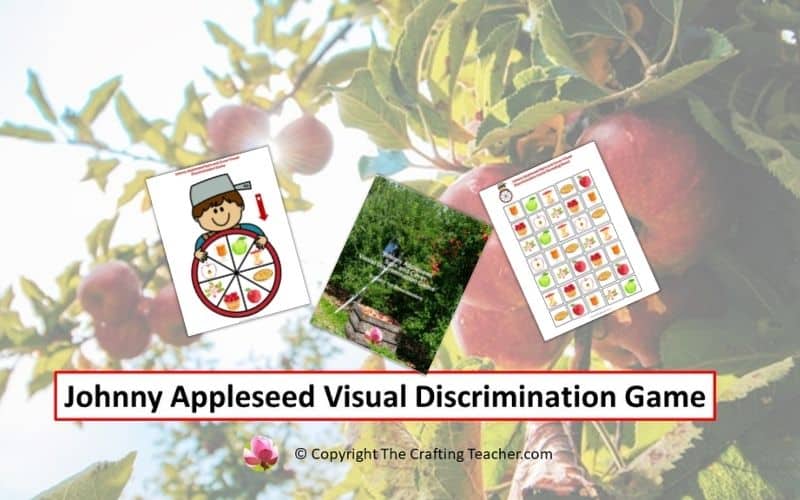
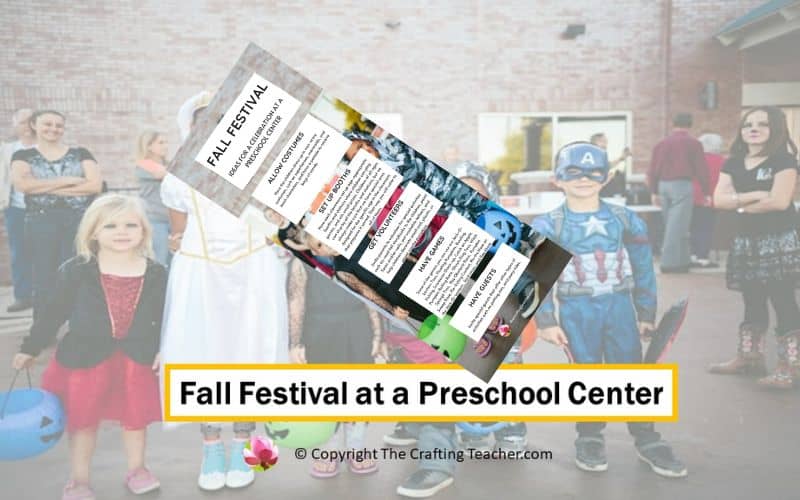


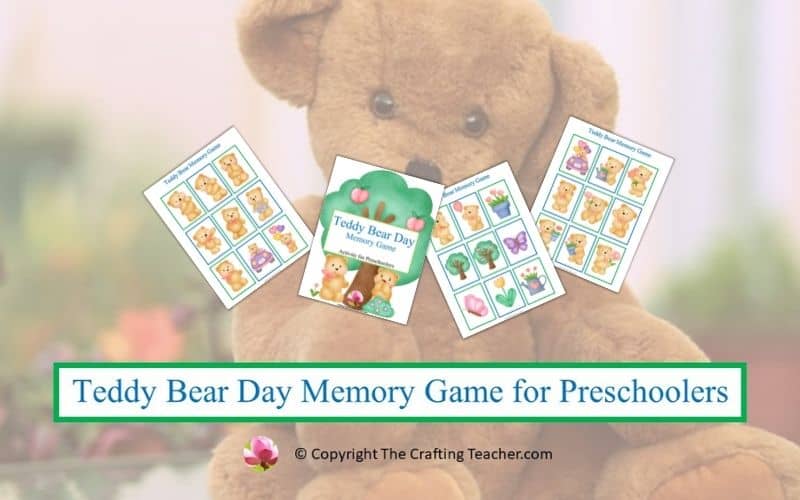
Wow, amazing blog layout! How lengthy have you been blogging for? you make blogging glance easy. The overall glance of your site is great, let alone the content material!!
Hello,
I’m haven’t been blogging for a long time, but I’ve been a teacher for many years, and my goal is to help any preschool teacher and parent that needs it. Because of that, any feedback I get is very important to me. Thank you for it.